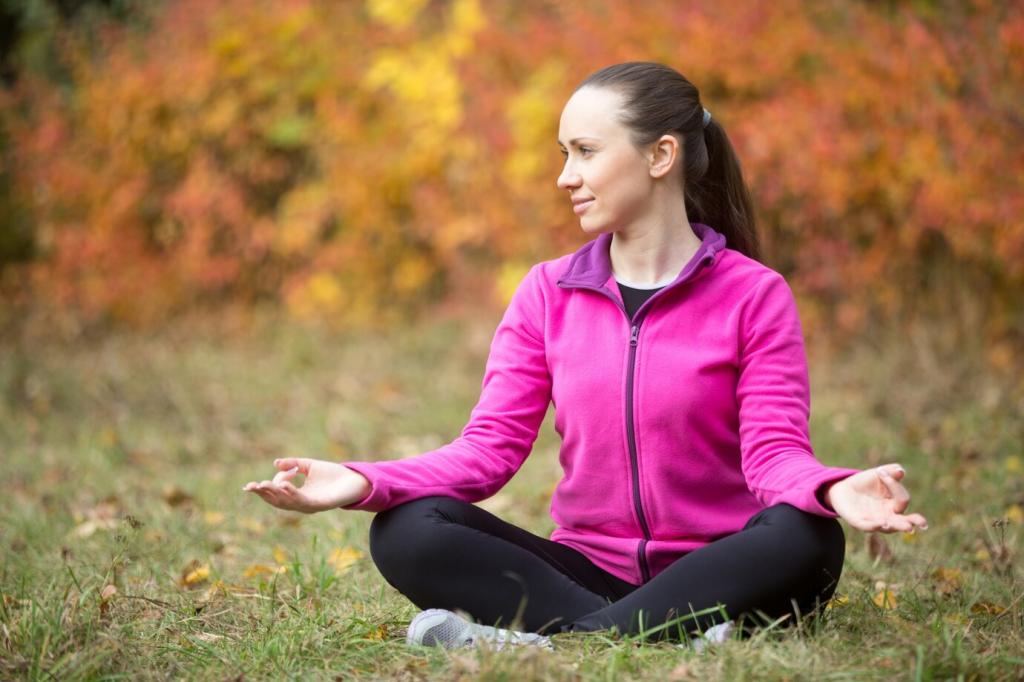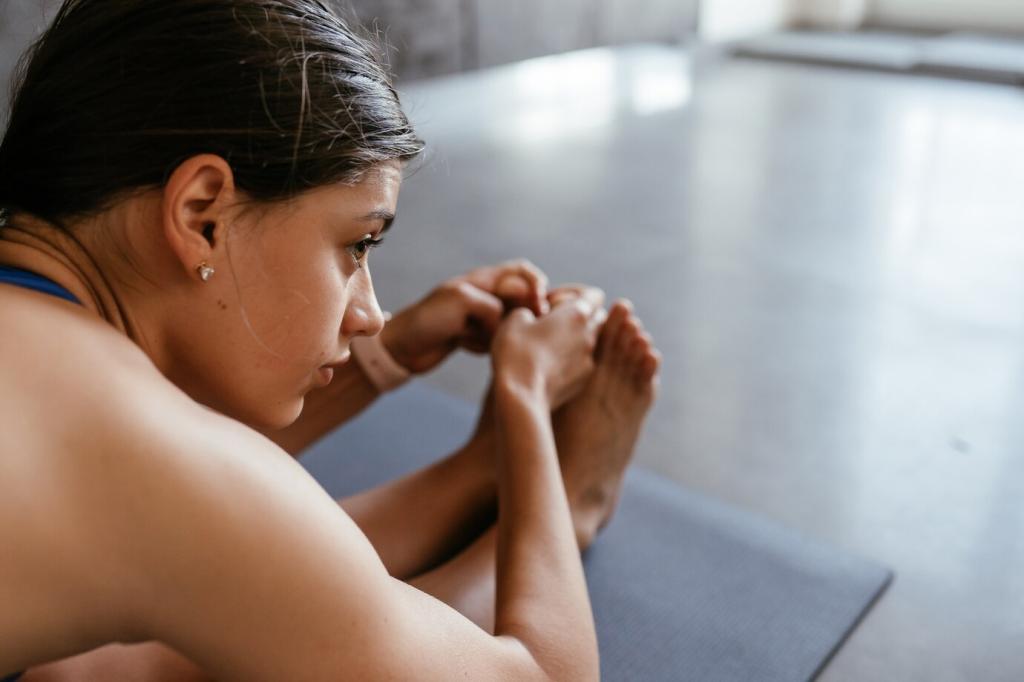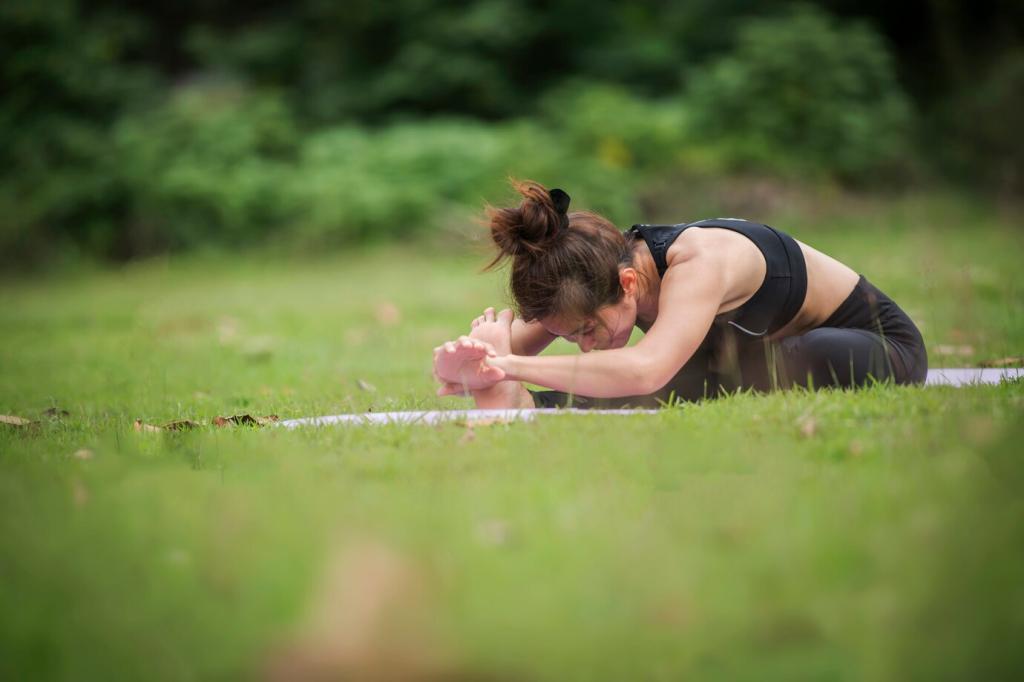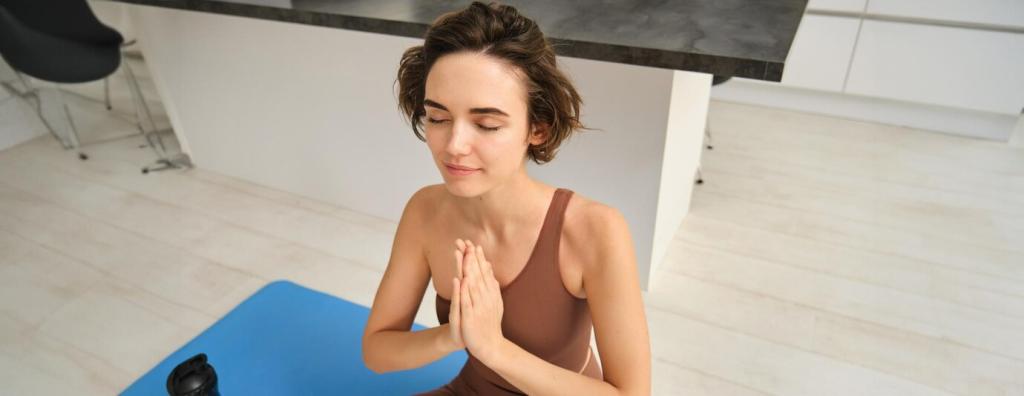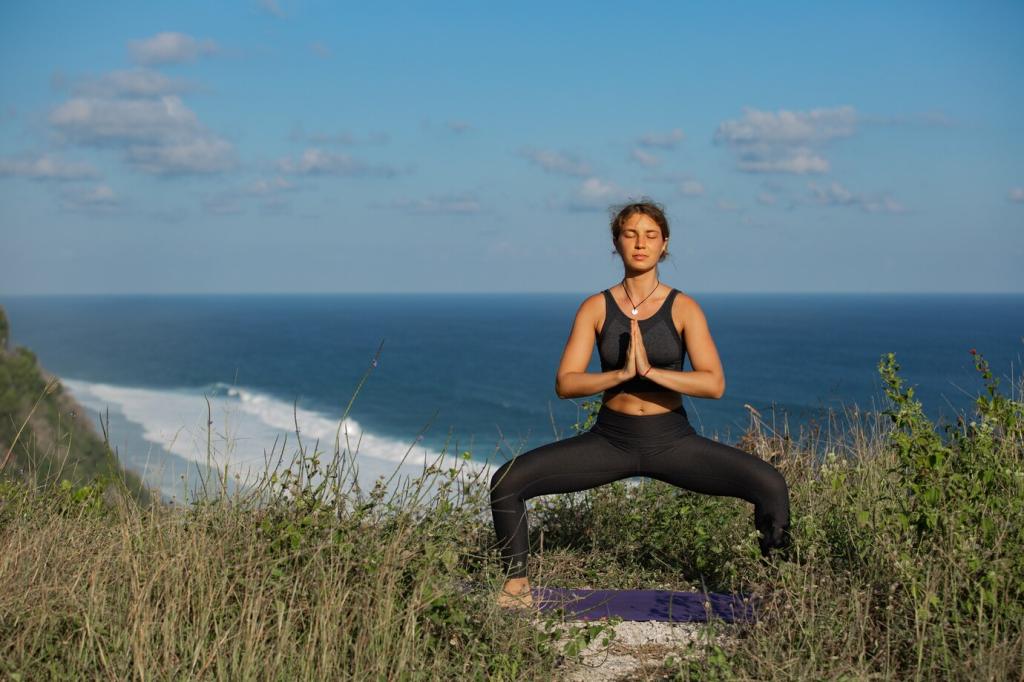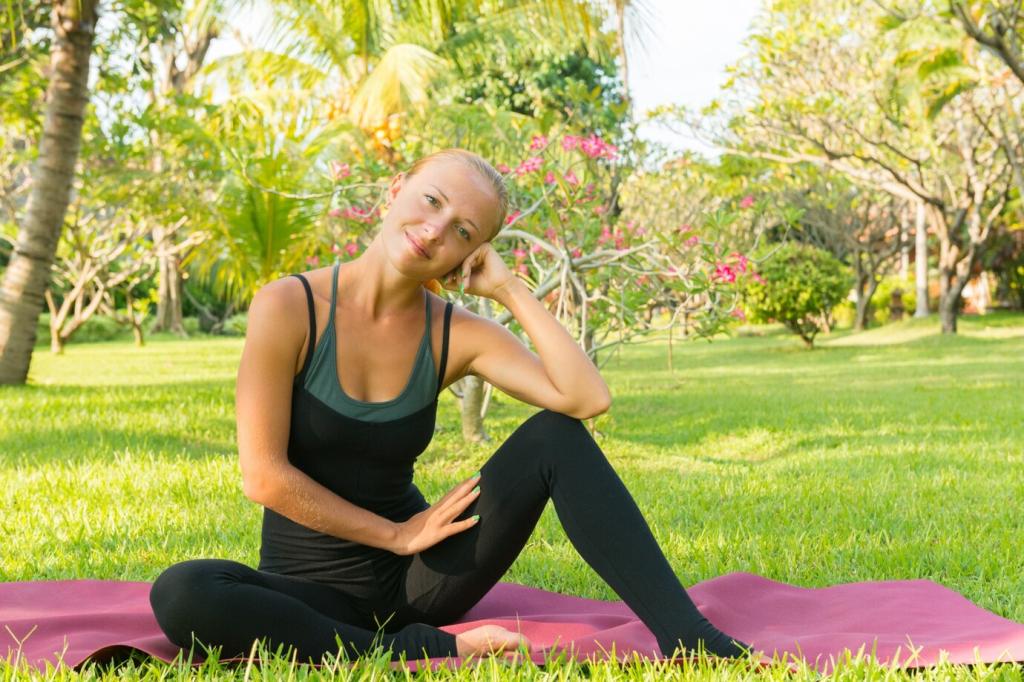Breathwork Protocols Right After Your Workout
Sit or lie down, close your eyes, and exhale slowly through the mouth to emptiness. Inhale gently through the nose, long relaxed exhale, repeat for two minutes. Think of it as a door closing on intensity and opening on repair; then log how you feel.
Breathwork Protocols Right After Your Workout
Breathe at roughly five to six breaths per minute, emphasizing a softer, slightly longer exhale. This pacing steadies heart rhythms, reduces agitation, and cues recovery hormones. Try five minutes, then comment with your perceived exertion before and after to track the difference.

